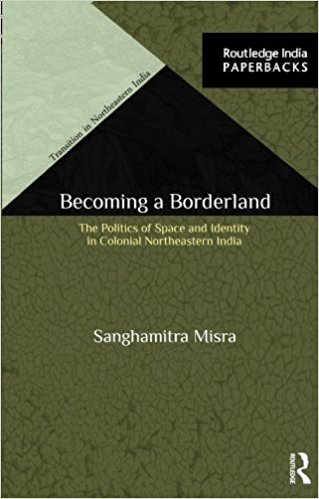North East India is mostly written about in connection with the politics of space and identity. Here is another one dealing with the same subject. But Sanghamitra Misra’s work is a book with a difference. The difference is mostly due to its treatment of the subject and also the space in which the study is located. Written in the post-colonial deconstructionist mode of history writing and the use of conventional archival as well as unconventional sources have given a fresh dimension to the theme.
Goalpara is a very low profile District of Assam. North East India in general and Assam in particular is constantly in the news even though for the wrong reasons. But Goalpara is hardly ever heard of. Sanghamitra Mishra picked up this sleepy ‘borderland’ and pene-trated its apparently calm exterior to bring out the deep churning this nondescript place has actually undergone in last two to three centu-ries.
Goalpara despite being just a small dis-trict of Assam province had historical linkages with Tibet, Bhutan, Bengal, Coochbihar, and finally Assam. From ‘an anomalous Mughal frontier into a distinct local space…. (to a) fragmental zone of dependent and independent polities and bounded political units of the colonial state… (to a) colonial borderland… reduce(ing) it to a marginal realm of colonial cores.’

